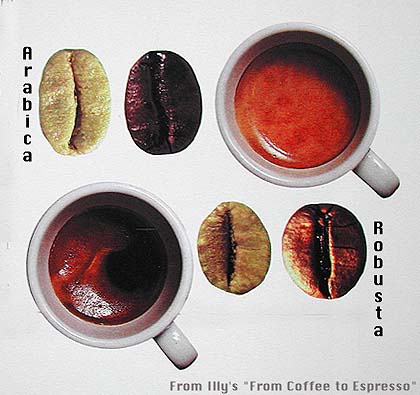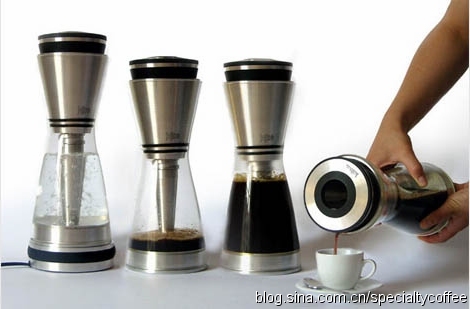Coffee raw beans roast color change boutique coffee raw beans imported coffee
Coffee roasting, coffee cup testing and coffee extraction are all very rigorous sciences, but coffee roasting has the most influence on coffee taste, and there are fewer people in the industry who study coffee roasting, and even fewer baristas know how to roast coffee. with the continuous development of market economy and the increasing demand for coffee quality At the same time, baristas are required to have more professional coffee knowledge and coffee skills in order to provide customers with high-quality coffee. today, in the coffee roasting course of Chongqing Brista Coffee West Point training College, we will share with you why coffee beans produce brown, brown and black after roasting.
Everyone knows that the color of raw coffee beans is light green, dark green, dark green and yellowing on the surface. The color of raw coffee beans obtained by different processing methods is also different, but the color after baking is all brown. Why? This is a brown pigment made from oligosaccharides, amino acids, chlorogenic acid and other substances. Brown pigment does not refer to a simple color or substance, it is a general term for the various ingredients that make coffee beans different colors.
Raw beans constantly change color during baking, depending on the number of brown pigments and the size of molecules. Brown pigments can be classified according to the size of molecules, shallow baking will mostly produce small molecular pigments, with the deepening of baking, the total amount of pigments will increase, and the proportion of macromolecular pigments will also increase.
Most of the lightly roasted coffee beans contain small yellow pigments, which are produced by the reaction of oligosaccharide thermal decomposition with chlorogenic acid. Continue baking, oligosaccharides will be caramelized to produce caramel pigment, oligosaccharides react with amino acids to produce molasses pigment, which will produce a slightly larger reddish-brown pigment. The reaction produced by molasses pigment is called Mena reaction, which is a very important kind of food chemical reaction. The color of toast, miso and soy sauce are all the result of Mena's reaction.
If the baking continues, proteins and polysaccharides are also added to the reaction, turning into a huge dark brown pigment. This pigment is one of the elements that make up the bitterness of coffee.

Important Notice :
前街咖啡 FrontStreet Coffee has moved to new addredd:
FrontStreet Coffee Address: 315,Donghua East Road,GuangZhou
Tel:020 38364473
- Prev

Summary of coffee extraction tips the difference between Italian style and single product of coffee grinder
Tip 1: let's put aside the argument about water temperature and take a look at the two most extreme methods of making coffee today. Water temperature can directly affect the integrity and speed of coffee extraction. So in principle, you can make coffee in ice water, but it takes longer. The lower the water temperature, the longer the extraction time you need.
- Next

The method of growing Coffee what kind of environment is most suitable for planting coffee trees
Coffee fruit contains two seeds, namely coffee beans. The two beans are connected face to face with each other on one side of the plane. Each coffee bean has a thin outer film, which is called silver skin, and its outer layer is covered with a yellow outer skin, called endocarp. The whole coffee bean is wrapped in a sticky pulp to form coffee pulp, which is soft and sweet.
Related
- Beginners will see the "Coffee pull flower" guide!
- What is the difference between ice blog purified milk and ordinary milk coffee?
- Why is the Philippines the largest producer of crops in Liberia?
- For coffee extraction, should the fine powder be retained?
- How does extracted espresso fill pressed powder? How much strength does it take to press the powder?
- How to make jasmine cold extract coffee? Is the jasmine + latte good?
- Will this little toy really make the coffee taste better? How does Lily Drip affect coffee extraction?
- Will the action of slapping the filter cup also affect coffee extraction?
- What's the difference between powder-to-water ratio and powder-to-liquid ratio?
- What is the Ethiopian local species? What does it have to do with Heirloom native species?

